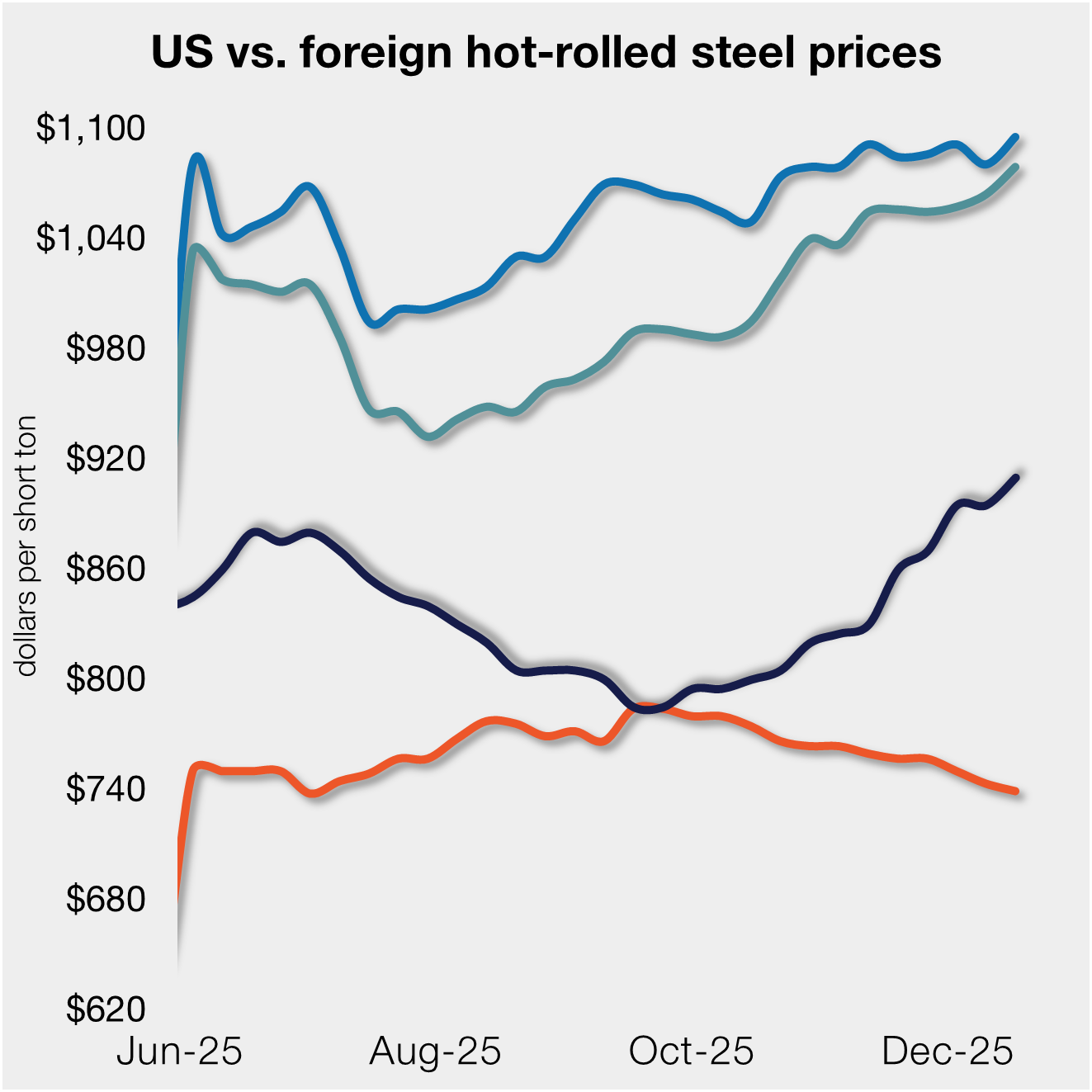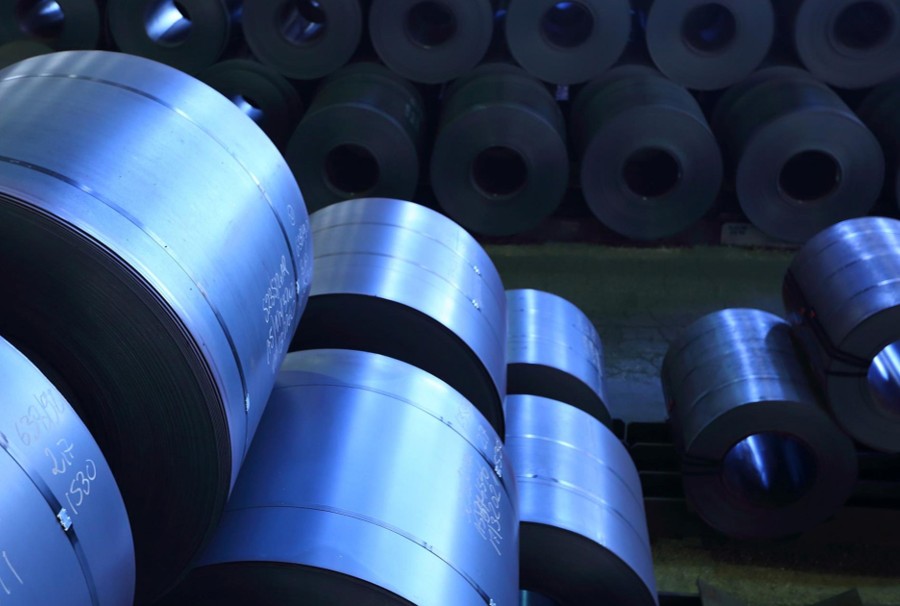Analysis

April 23, 2014
March Sales Plummet for New Homes—Existing Home Sales Flat
Written by Sandy Williams
Sales of new residential homes and sales of existing homes were both released this week.
Sales of new single family homes continued to soften reaching the lowest level in eight months. March sales came to a seasonally adjusted annual rate of 384,000, down 14.5 percent from the revised February rate of 449,000 and 13.3 percent below the March 2013 estimate of 443,000, according to data released by the Commerce Department on Wednesday.
The drop surprised economists who expected sales to increase to around 450,000 and suggests there is more to blame than a harsh winter. Buyers are facing increasing mortgage rates, rising home prices, and low availability of new construction.
Regionally, only the Northeast saw an increase in sales from the previous month, up 12.5 percent in March. Sales in the Midwest were down 21.5 percent, the South 14.4 percent and the West 16.7 percent.
The median price of new homes sold in March rose to $290,000 and the average was $334,200. New home inventory was at 193,000 at the end of March representing a six month supply at the current sales rate, up from five months in February.
Existing home sales did not fare much better than new home sales in March. According to the National Association of Realtors, sales were essentially flat. Existing home sales dipped 0.2 percent to a seasonally adjusted annual rate of 4.59 million units from 4.60 million units in February. Sales were 7.5 percent below the March 2013 rate. Sales rose in the Midwest (4 percent) and Northeast (9.1 percent) but were offset by declines in the South and West (down 3 percent and 3.7 percent, respectively).
The median existing home price rose 7.9 percent to $198,500. Inventory rose 4.7 percent to 1.99 million homes for sale at the end of March, representing a 5.2 month supply at the current sales pace, up from 5.0 months in February.
Average national mortgage rates for conventional, 30-year fixed rate mortgage rose to 4.34 percent in March, according to Freddie Mac, from 4.30 percent in February.
Lawrence Yun, NAR chief economist, said that current sales activity is underperforming by historical standards. “There really should be stronger levels of home sales given our population growth,” he said. “In contrast, price growth is rising faster than historical norms because of inventory shortages.”
Yun expects sales to pick up if increases in mortgage prices are moderate and more inventory becomes available.







